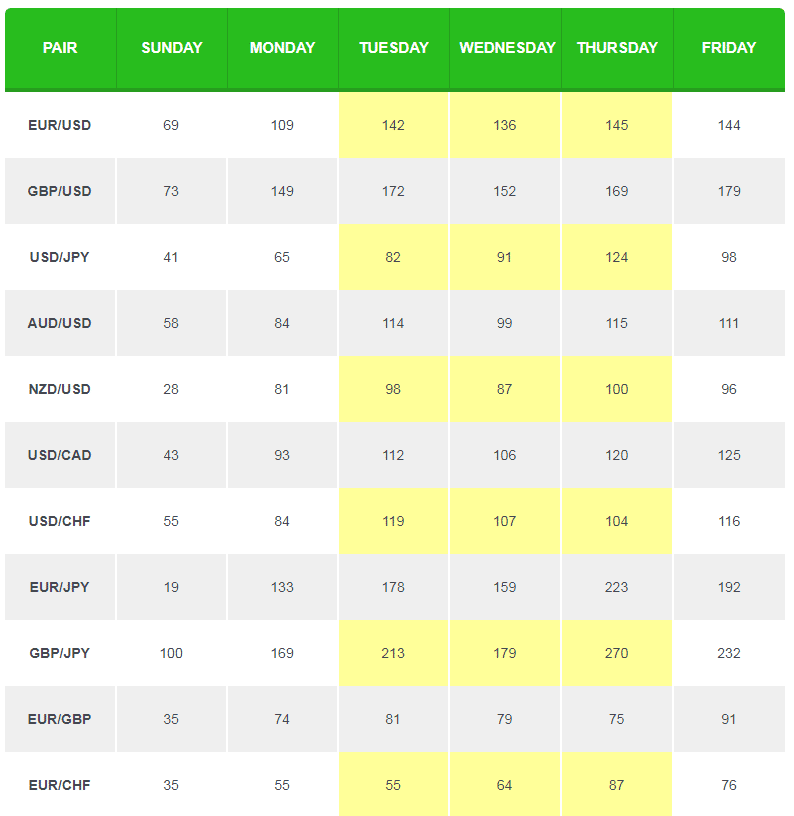
The bear market is approaching for the S&P 500 stock Index. A bear market is defined as a 20% decline from its high. Wall Street uses the term for this market because it allows investors and traders to compare their current actions to past downdrafts. We'll be discussing how to invest during a bear market. Here are some tips to help you make the move to the stock market.
Dividend stocks
Dividend stocks provide investors with a safe haven in a down economy. Dividend paying companies continue to do well despite a deteriorating economy. Dollar General stock could be worth buying in a bear environment, even though the economy is not performing well. The fast-food icon could be a stealth win among safe dividend shares. Here are some reasons. Let's take a look at each one individually.

Utilities
Utilities are a great option for those who plan to retire. Utilities still offer enormous income opportunities, even though there is high unemployment and shrinking paychecks. These companies provide us with electricity, water, gas and other essential services, making them ideal investments for retirement. Because of their steady cash flows, low risk, and low volatility, they are perfect retirement investments. Utilities stocks saved many investors' wealth during the 2008 financial crisis. Because utility stocks have a low risk, stable cash flow and are easy to pair with other defensive or conservative stocks, they often work well together.
Bonds
Many investors believe the recent fears about a bond bear markets are exaggerated. However, the fact is that there will be no sustained crash in the market anytime soon. The recent rises in interest rates are a contributing factor in the current decline in bond price. Investors must remember that rates hikes in the past do not guarantee future increases. Similarly, the past performance of stocks should not be used to predict the future performance of bonds.
Investing in a bear market
While investing in a bear market can be tricky, it can also be a great opportunity for long-term investors. Bear markets are defined by excessive market responses, often driven by fear and greed. These feelings can lead irrational actions. Furthermore, it can be difficult to find good opportunities, because confidence deserts the market. Fortunately, there are many strategies to help you successfully invest during this time.

Buy during a bullish period
Although the bullish trend is common in the stock exchange, it is also applicable to financial securities. In other words, a bull market is when prices and market value are expected to increase. Bull markets are associated with a growing economy and high levels of employment. But the stock market doesn't always rise and fall in this way. You may need to delay investing, especially if it's an investor.
FAQ
What is security?
Security can be described as an asset that generates income. Most security comes in the form of shares in companies.
Different types of securities can be issued by a company, including bonds, preferred stock, and common stock.
The earnings per shares (EPS) or dividends paid by a company affect the value of a stock.
If you purchase shares, you become a shareholder in the business. You also have a right to future profits. If the company pays a payout, you get money from them.
You can sell shares at any moment.
What is the distinction between marketable and not-marketable securities
The key differences between the two are that non-marketable security have lower liquidity, lower trading volumes and higher transaction fees. Marketable securities on the other side are traded on exchanges so they have greater liquidity as well as trading volume. They also offer better price discovery mechanisms as they trade at all times. There are exceptions to this rule. There are exceptions to this rule, such as mutual funds that are only available for institutional investors and do not trade on public exchanges.
Marketable securities are more risky than non-marketable securities. They have lower yields and need higher initial capital deposits. Marketable securities are usually safer and more manageable than non-marketable securities.
For example, a bond issued by a large corporation has a much higher chance of repaying than a bond issued by a small business. The reason is that the former will likely have a strong financial position, while the latter may not.
Marketable securities are preferred by investment companies because they offer higher portfolio returns.
How can people lose their money in the stock exchange?
The stock market isn't a place where you can make money by selling high and buying low. You lose money when you buy high and sell low.
The stock exchange is a great place to invest if you are open to taking on risks. They may buy stocks at lower prices than they actually are and sell them at higher levels.
They are hoping to benefit from the market's downs and ups. But they need to be careful or they may lose all their investment.
Statistics
- Even if you find talent for trading stocks, allocating more than 10% of your portfolio to an individual stock can expose your savings to too much volatility. (nerdwallet.com)
- For instance, an individual or entity that owns 100,000 shares of a company with one million outstanding shares would have a 10% ownership stake. (investopedia.com)
- US resident who opens a new IBKR Pro individual or joint account receives a 0.25% rate reduction on margin loans. (nerdwallet.com)
- The S&P 500 has grown about 10.5% per year since its establishment in the 1920s. (investopedia.com)
External Links
How To
How to make a trading plan
A trading plan helps you manage your money effectively. It will help you determine how much money is available and your goals.
Before you create a trading program, consider your goals. You may want to make more money, earn more interest, or save money. You may decide to invest in stocks or bonds if you're trying to save money. You could save some interest or purchase a home if you are earning it. You might also want to save money by going on vacation or buying yourself something nice.
Once you have an idea of your goals for your money, you can calculate how much money you will need to get there. This will depend on where you live and if you have any loans or debts. Also, consider how much money you make each month (or week). Income is the sum of all your earnings after taxes.
Next, you need to make sure that you have enough money to cover your expenses. These include rent, bills, food, travel expenses, and everything else that you might need to pay. These expenses add up to your monthly total.
Finally, figure out what amount you have left over at month's end. This is your net available income.
You're now able to determine how to spend your money the most efficiently.
Download one from the internet and you can get started with a simple trading plan. Or ask someone who knows about investing to show you how to build one.
Here's an example.
This displays all your income and expenditures up to now. It includes your current bank account balance and your investment portfolio.
And here's another example. A financial planner has designed this one.
It shows you how to calculate the amount of risk you can afford to take.
Don't attempt to predict the past. Instead, think about how you can make your money work for you today.